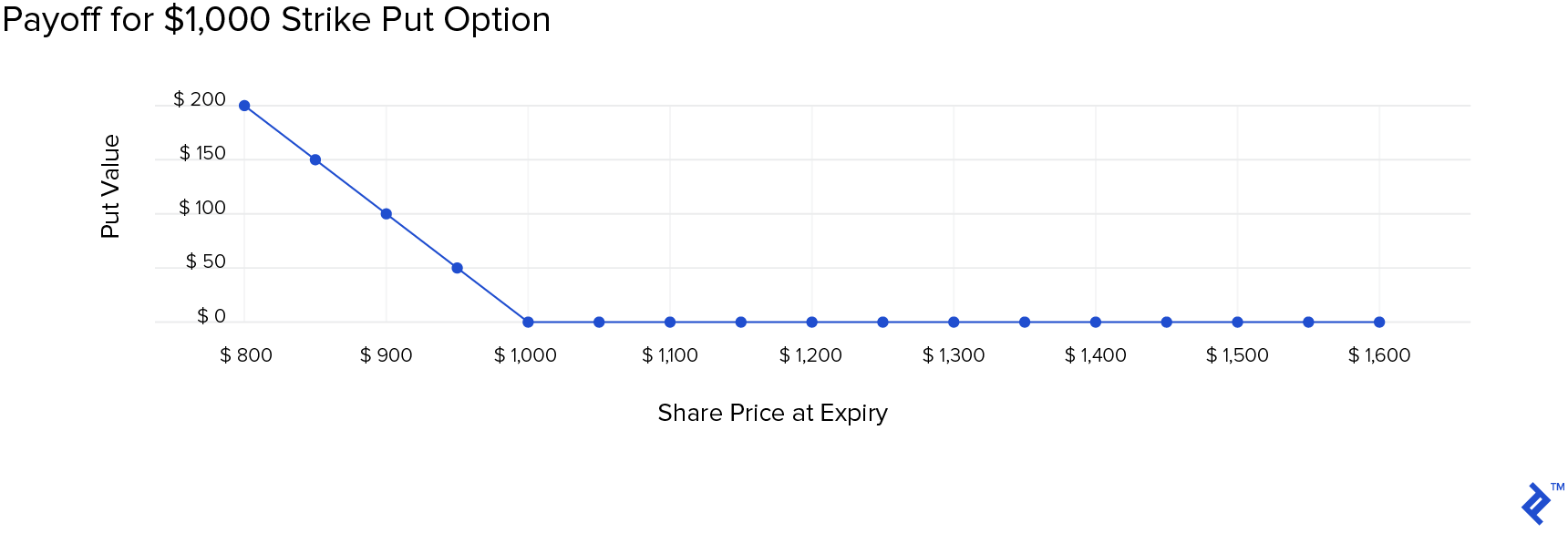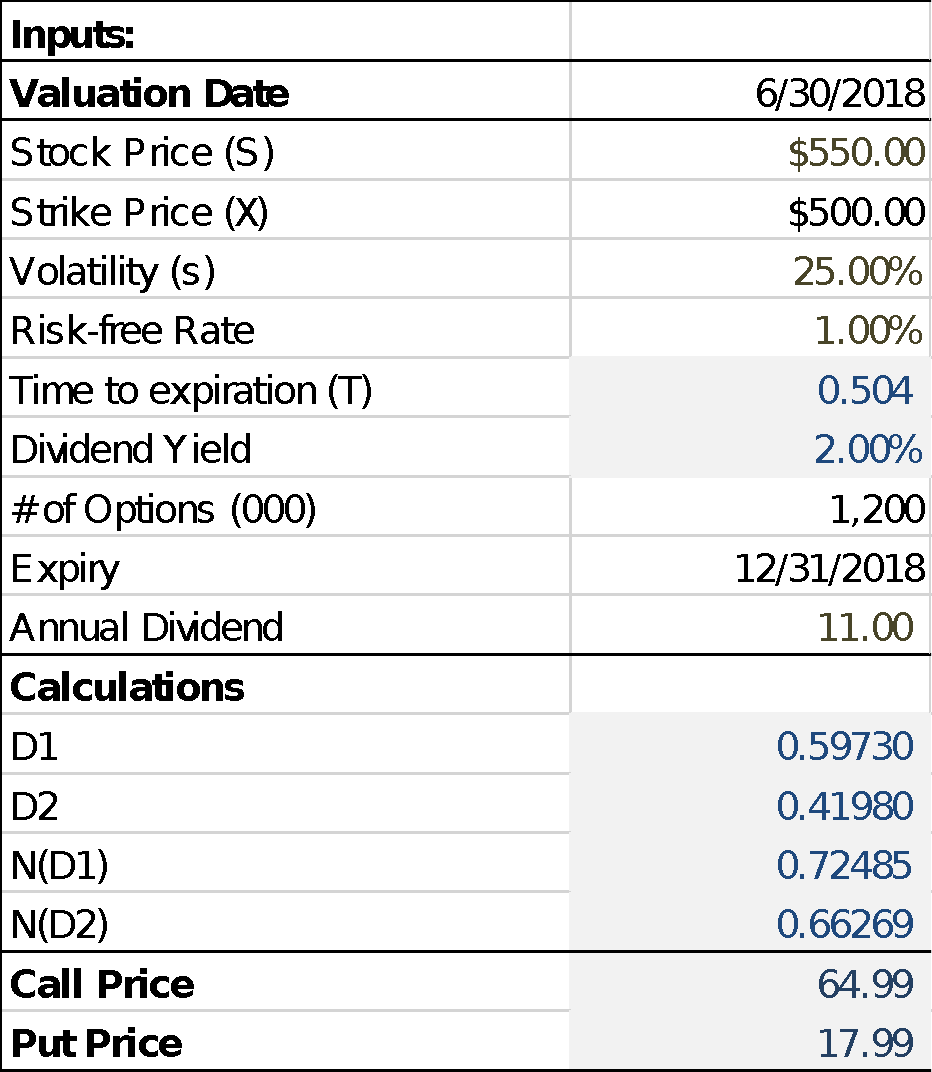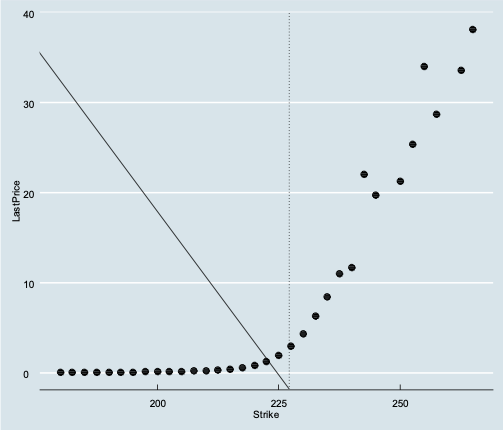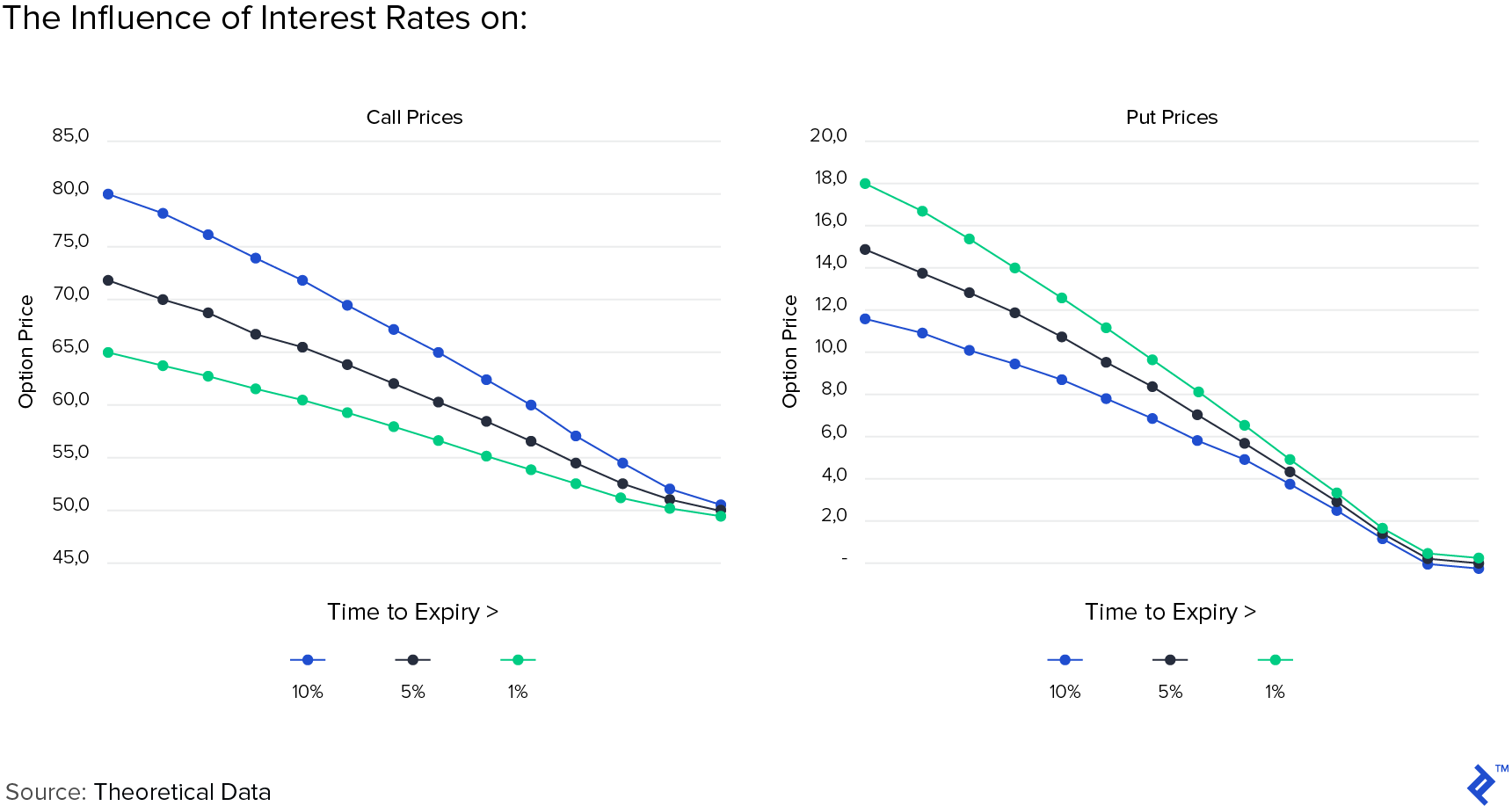“Nghệ Thuật Tinh Tế Của Việc “Đếch” Quan Tâm” của Mark Manson dù đã được dịch giả sử dụng uyển ngữ rất sát với ý và hay nhưng vẫn chưa đủ ấn tượng và shock so với tựa đề nguyên bản bằng tiếng Anh: “The subtle art of not giving a F*CK”. Quyển sách chỉ đơn giản từ những mẩu tự chuyện nhỏ với lời văn nhẹ nhàng hài hước kiểu hơi phớt đời mà các Blogger ngày nay ưa chuộng, khác với những quyển sách giao khoa thường thấy trên kệ – trong khi với nội dung nghiêm túc thường tìm thấy ở những quyển sách mô phạm; nhưng quyển sách này lại đem lại cho người viết một cảm xúc mạnh, có lẽ, nó đã đánh trúng tim đen…???

Có lẽ nó đã động chạm tới cái lõi cũng như là những khúc mắc mà người viết đã đi tìm trong suốt thời gian qua. Cũng đã phân nửa cuộc đời đã đi qua, biết bao bài học vấp ngã, nhưng có lẽ kinh nghiệm là thứ dây vô hình rút mãi mà không thấy hết… chắc vậy mà người ta vẫn nói, trường đời là trường không bao giờ tốt nghiệp cho tới tận phút cuối… thật sự thì tôi cũng chẳng tin là phút cuối đó, hay số người đi tiễn nhiều hay ít, than khóc hay ném đá thì nói lên điều gì, vì có chăng đi nữa thì chỉ là với cái hòm mà thôi.
Trong đoạn đường vừa dài vừa ngắn của tôi – là người viết có 2 điểm thắt mà nhiều người đàn anh vẫn nói là tôi… sướng, sướng vì được trải qua; đó chính là 2 lần chết hụt của tôi, cụ thể hơn thì một lần nằm bất động chứng kiến tận mắt cái chết hàng ngày đến rồi đi thế nào nhưng cũng không nghĩ tới lúc nào thì tới mình vì bận… đau và rên, lần thứ 2 thì hứng khả năng chết sẽ cao thì… chẳng biết gì vì “oánh” thuốc mê tới… 2 lần. Với nhiều tháng bất động chẳng có việc gì làm, và cũng là nhờ cô y tá xinh đẹp khuyên đọc sách cho đỡ buồn và chắc để đỡ nhăn nhó thì cái máy đọc sách phát huy tác dụng, cái mà được mua về như là theo mode thời trang, chắc khi mua tôi đã nghĩ rằng nó sẽ thật “duyên dáng, sành điệu và vô cùng… trí thức” khi cầm một cái máy mỏng mỏng chăm chú nhìn vào đó rồi thỉnh thoảng ngước lên nhìn trời đất, nhìu mày nhẹ một cái suy tư – thật là một hình ảnh “hào nhoáng, sang chảnh”… hài (thở dài)…
Nhưng thật sự thì, đọc thì ít mà ngẫm thì nhiều [đọc nhiều buồn ngủ ấy mà]…, nhưng mà tốt, tốt cho tôi. Trong từng ấy tháng, tôi đã hiểu ra hai điều mà đáng lẽ tôi phải hiểu ra từ lâu hoặc đồ rằng tôi chưa bao giờ ý thức được, đó là: (1) cuộc sống rất đơn giản và không biết là nó sẽ kết thúc lúc nào… và (2) khi ta “quan tâm” vào một thứ duy nhất thôi thì mọi thứ khác đều là vô nghĩa; nếu có quá nhiều thứ để “quan tâm” thì chẳng có gì và đơn giản, chỉ là mối bòng bong… – cũng trùng với cảm giác khi những cơn đau [bệnh] lên tiếng. Tận cùng sau khi tôi được giải phóng ra khỏi “trại [nuôi]” – nơi các bác sĩ gọi khoa điều trị dưỡng bệnh sau khi trải qua những cuộc phẫu thuật kinh khủng; trong đó, mọi cuộc phẫu thuật dù ngắn hay dài, nhỏ hay to đều là kinh khủng…, tôi càng trân trọng hơn các bác sĩ, không phải chỉ vì họ là những người tuyệt với đã cứu sống tôi (ở cả Hoàn Mỹ hay Quốc tế Thành Đô CIH); mà vì họ “cương quyết” tập chung vào duy nhất công việc của họ mà nhờ thế, mọi cơn đau của tôi ngắn lại…
Tại sao vậy?
Tôi đã từng cho rằng: bác sĩ, họ là những người vô cảm trước nỗi đau cả thể xác và tinh thần của người bệnh [vì phải tiếp xúc hàng ngày chăng?]; nhưng, không phải vậy, họ không được phép “chần chừ”, không được phép “quan tâm” với cơn đau của bệnh nhân, đơn giản là không được “run tay”, vì đơn giản là họ sẽ không thể cứu được bệnh nhân của mình, và… người bệnh sẽ càng đau hơn nếu bác sĩ “quan tâm” tới nhiều hơn là hơn là chỉ “quan tâm” tới một việc cứu bệnh của họ…
Đánh giá, nhận xét dựa trên những suy luận và kinh nghiệm cá nhân thuần túy là cái mà tôi tin không chỉ tôi mới mắc phải, mà rất nhiều, trong đó nhiều người là người thân, bạn tôi, đồng nghiệp, ông chủ và đối tác… Tất nhiên, tôi nhận thấy điều nghịch lý là: càng gần gũi tình cảm, đánh giá và nhận xét càng trở nên thiên lệch, không phải là tốt hay xấu mà đơn giản là nó trở nên cảm tính và dựa trên cái mà người đánh giá cho rằng nó sẽ tốt cho người được nhận xét đánh giá.
“Cát nhân tự có thiên tướng” – Có nhiều cách giúp ta đánh giá nhân phẩm của những người xung quanh và 3 tình huống: dùng lợi ích làm phép thử, cách đối xử của đối phương với người yếu thế, ngôn ngữ và cử chỉ – là cách đánh giá dễ dàng hơn cả và đều dựa vào hành vi ứng xử mà xét tới nhân phẩm. Muốn xét đoán nhân phẩm của một người, không thể chỉ nhìn qua vẻ bề ngoài mà còn cần đánh giá tới lời nói và hành động của họ. Những người giỏi ăn nói, tối ngày ba hoa phần lớn đều không đáng tin. Bởi lẽ, chúng ta vĩnh viễn không thể đánh giá một người mà chỉ nhìn vào địa vị, lời nói, mà còn cần xét tới hành động của họ. Ai cũng có quan niệm làm những điều mà họ cho là đúng, nên hành vi của một người sẽ biểu hiện giá trị của người đó. Một cách khác là nhìn vào những người bạn xung quanh của đối tượng, cách họ kết bạn với nhau… việc này cũng từ “đồng thanh tương ứng, đồng khí tương cầu” mà ra.
Đó là từ bên ngoài, liệu cá nhân chúng ta có tự đánh giá mình thông qua những người xung quanh?
Tự nhận biết bản thân coi vậy nhưng cũng giống như một củ hành;
có nhiều lớp trong đó, và chúng ta càng bóc tách chúng ra, ta càng khóc lóc dữ dội vào những thời điểm không thích hợp.
Nếu cứ xem như lớp vỏ đầu tiên của củ hành là sự hiểu biết đơn giản về cảm xúc của một người thì: “đây là khi tôi cảm thấy hạnh phúc”; “điều này khiến tôi cảm thấy buồn”; “nó mang lại cho tôi hi vọng”… nhưng,
ai trong chúng ta đều có những điểm mù trong cảm xúc, thường là với những cảm xúc mà ta từng được dạy rằng việc bộc lộ chúng ra là không đúng hoặc tiêu cực; sẽ phải mất hàng năm trời luyện tập và nỗ lực mới có thể xác định được những điểm mù ấy cụ thể ở đâu trong mỗi chúng ta và rồi sau đó, phải tập bộc lộ ra một cách đúng đắn.
Lớp vỏ thứ hai của củ hành tự nhận thức là khả năng đặt ra câu hỏi tại sao chúng ta lại cảm thấy như vậy trong những xúc cảm cụ thể. Đây là những câu hỏi rất khó và cần đến hàng tháng hay thậm chí nhiều năm mới có thể tìm được câu trả lời phù hợp và chính xác. Đặc biệt, ở môt số người cần phải tới những nơi kiểu như trị liệu tâm lý mới được nghe đến kiểu câu hỏi này lần đầu tiên trong đời.
Những câu hỏi kiểu ấy quan trọng bởi vì chúng làm sáng tỏ những gì mà chúng ta coi là thành công hay thất bại!? Tại sao ta lại cảm thấy nổi giận? Liệu đó có phải là vì ta thất bại trong việc đạt một mục đích nào đó? Hay, tại sao ta lại cảm tháy lờ phờ và tẻ ngắt? Liệu đó có phải vì ta cảm thấy mình chưa đủ tốt? Lớp vỏ đặt câu hỏi này giúp cho ta hiểu được gốc rễ của những cảm xúc đang chôn vùi ta. Một khi ta hiểu được gốc rễ nguyên nhân, chúng ta có thể làm điều gì đó để thay đổi nó. Nhưng còn một việc nữa,
đó là lớp vỏ sâu nhất của hành trình tự nhận thức, và nó thì chỉ toàn là khóc và than… Lớp vỏ thứ ba là những giá trị tự bản thân: Tại sao tôi lại xem đây là thành công hay thất bại? Tôi đánh giá chính mình và cả những người xung quanh dựa trên tiêu chí nào?
Các giá trị này nằm sau mọi điều chúng ta làm hay việc chúng ta sẽ là ai. Nếu như những việc và mục tiêu gì ta coi trọng không được người xung quanh ủng hộ, nếu như những gì mà ta xem là thành công hoặc thất bại lại là một sự lựa chọn tồi, và rồi mọi thứ dựa trên những giá trị cốt lõi ấy, gồm: các suy nghĩ, các cảm xúc, các cảm nhận thường ngày – tất cả sẽ trở thành vô nghĩa. Mọi điều mà ta nghĩ và cảm nhận về một tình huống liên quan tới việc ta đánh giá nó như thế nào… Ở cấp độ này, luôn cần phải đặt ra câu hỏi và không ngừng nỗ lực, rất rất khó để đạt đến; nhưng, nó lại là phần quan trọng nhất, bởi vì giá trị cốt lõi của ta quyết định nguồn gốc các vấn đề mà ta phải đối mặt, và hơn thế, những vấn đề này lại quyết định chất lượng sống của ta.
Hầu hết, mọi người đều hoảng sợ trước việc trả lời một cách chính xác cho câu hỏi vì sao, và điều này ngăn cản họ trước việc tiến tới sự nhận thức sâu sắc hơn về những giá trị nội tại của chính mình. Đúng là họ có thể một mặt, nói rằng họ đánh giá cao sự thành thật và một người bạn chân thành, nhưng rồi ngay khi họ quay lưng đi – đằng sau lưng bạn và nói dối về bạn, chỉ để khiến bản thân họ cảm thấy khá hơn. Ai trong chúng ta cũng có thể nhận thức được rằng ta cảm thấy cô đơn; nhưng liệu có mấy ai tự hỏi mình rằng tại sao cảm thấy cô đơn, và họ lại có khuynh hướng đưa ra lời giải thích mang tính đổ lỗi cho những người khác rằng: mọi người thật xấu tính, không có ai hay ho hoặc đủ thông minh để hiểu được họ; và do đó họ càng rời xa vấn đề của mình hơn thay vì một lời giải đích thực và giải quyết rốt ráo… Nhiều năm trước đây là nỗi ám ảnh của tôi, thậm chí, tôi đã từng có cả kho chuyện để “đổ lỗi”… và có lẽ với nhiều người cuối cùng, cũng sẽ thấy được rằng những quyết định mà họ đưa ra dựa trên việc theo đuổi những sự hưng phấn, thường không mang lại niềm hạnh phúc thật sự. Đâu đó, đây cũng đã được xem như là tự nhận thức bản thân. Và, nếu như mà chúng ta có thể đào sâu hơn và nhìn vào những giá trị ẩn sâu bên trong nội tâm, chúng ta sẽ thấy được rằng những phân tích ban đầu của mình dựa trên việc trốn tránh trách nhiệm khỏi những vấn đề của chính mình, hơn là xác định đích xác những vấn đề ấy.
Hầu như các bậc thầy mà tôi đã có dịp tiếp xúc hay quen đều bỏ qua cấp sâu hơn của việc tự nhận thức này. Họ đón nhận những người đang đau khổ với nguyên do bởi vì mong muốn quá độ trở nên giàu có; và rồi các bậc thầy đưa ra mọi thể loại lời khuyên trực tiếp làm thế nào để kiếm được nhiều tiền hơn, bỏ qua những câu hỏi quan trọng theo lý thuyết [sách giáo khoa]: Tại sao họ lại cảm thấy cần phải giàu có trước hết? Họ lựa chọn tiêu chí nào để đánh giá sự thành công hay thất bại của mình? Liệu đó có thể không phải là một giá trị cụ thể mà dẫn đến cảm giác thiếu hạnh phúc của họ, chứ không phải là vì đến giờ họ vẫn chưa tậu được con xe Cadilac Excalade [sở thích cá nhân]?
Và như vậy, rất nhiều những lời khuyên nổi trôi ngoài kia đều được đưa ra dựa trên một cấp độ hời hợt cứng nhắc của việc cố gắng một cách giản đơn khiến mọi người cảm thấy tốt đẹp hơn trong ngắn hạn; trong khi những vấn đề cốt lõi trong dài hạn không được thậm chí là xem xét chứ chưa nói tới xử lý. Nhận thức và cảm giác của con người đều có thể thay đổi, nhưng những giá trị cốt lõi sâu xa và những thước đo giá trị ấy thì ngược lại, bất biến. Và đây chỉ là một cách khác để kiếm được thêm nhiều hơn những cơn hưng phấn mà thôi.
Sống phụ thuộc… với thuyết ngụy biện trước lỗi lầm và trách nhiệm
Hãy thử tưởng tượng rằng có ai đó dí súng vào đầu ta và nói rằng ta phải chạy 48,5 km trong vòng năm giờ, nếu không hắn ta sẽ giết ta – có vẻ khủng bố;
Bên cạnh đó hãy tưởng tượng rằng ta vừa mua một đôi giày chạy mới, ta rèn luyện suốt bao tháng, và hoàn thành cuộc thi chạy đường dài đầu tiên trong đời trước sự cổ vũ của toàn bộ người xung quanh và bạn bè thân thiết nơi vạch đích – có lẽ sẽ là một trong những giây phút đáng tự hào nhất trong đời bạn;
cùng là 48,5 km, cũng cùng một người hoàn thành nó, cũng cùng cơn nhức mỏi nơi hai bắp đùi; cái khác là khi bạn tự do lựa chọn và chuẩn bị sẵn sàng vì nó, nó trở thành niềm vui chiến thắng và cột mốc quan trọng trong cuộc đời bạn; và
khi bạn bị ép buộc, nó trở thành trải nghiệm tồi tệ và đau đớn nhất đời bạn.
Thường thì sự khác biệt duy nhất giữa một vấn đề gây đau đớn hay tốt đẹp chỉ là ở cảm giác về cách ta lựa chọn nó và do đó, ta phải chịu trách nhiệm trước nó. Chấp nhận trách nhiệm trước những vấn đề của chúng ta do đó là bước đi đầu tiên để giải quyết chúng. Chúng ta càng lựa chọn việc chấp nhận trách nhiệm trong cuộc đời mình thì ta sẽ càng được rèn luyện nhiều hơn trong cuộc đời.
Tôi có một người bạn khăng khăng tin rằng lý do mà không một người phụ nữ nào chịu yêu với anh ta là bởi vì anh ta quá “hữu hạn chiều cao”, tuy rằng các cụ vẫn nói: nhất lé, nhì lùn, tam dô, tứ rỗ… Bạn tôi là một người đàn ông có học vấn, thú vị, và đẹp trai — thực sự là một món ngon — nhưng anh ta cứ khăng khăng rằng các chị em nghĩ anh ta lùn quá nên chẳng chịu quan tâm… và
bởi vì chiều cao quá thấp của mình, anh ta không thường ra ngoài gặp gỡ bạn bè và làm quen đám đàn bà con gái. Rúc trong nhà, anh ta luôn tâm niệm trước bất kỳ một cử chỉ nhỏ nhất từ một người phụ nữ nào mà anh ta đối diện rằng đó có thể là sự ám chỉ về việc anh ta không đủ chiều cao và bởi vậy không đủ hấp dẫn đối với cô ấy và rồi anh ta tự “chắc chắn” rằng cô ấy không có hứng thú với anh ta, dù cho thực sự là có… và có thể hình dung, cuộc sống của anh ta vô cùng… bi đát…
Điều mà anh ta không nhận ra là anh ta đã lựa chọn giá trị làm tổn thương bản thân: chiều cao. Phụ nữ, ngược lại anh ta kết luận, bị hấp dẫn bởi chiều cao. Sự lựa chọn về giá trị này đã tước đi mất thế mạnh của bạn tôi. Nó mang tới cho anh bạn tôi một vấn đề vô cùng tệ: không đủ cao trong một thế giới chỉ dành cho (trong nhận thức của cá nhân anh ta) những kẻ cao ráo – cơ mà có phần nào đúng, nhưng người ta thường nói: cô ấy chân dài, ít ai nói: anh ấy chân dài… Nên anh ta đáng lý ra có thể chấp nhận nhiều giá trị khác hay ho hơn rất nhiều trong cuộc sống riêng của mình. “Tôi chỉ muốn hẹn hò với người phụ nữ yêu thích tôi vì chính con người tôi” có thể là một điểm khởi đầu tốt — một thước đo mà gắn liền với các giá trị về sự chân thành và chấp nhận, nhưng anh bạn tôi lại “lạc đề” khi chọn giá trị mặc dù anh ta không nhận ra điều này nhưng vẫn là anh ấy là người phải chịu trách nhiệm trước các vấn đề của mình.
Tiếp tục bài ca: “tôi không có lựa chọn nào cả,” bạn tôi than thở với tay pha chế bên quầy bar, “đàn bà bọn họ giả tạo, nông cạn và hời hợt lắm và chẳng bao giờ thích tôi…” Lỗi đã trở thành của người đàn bà vì đã không thích thằng cha nông cạn, tự “ve vuốt” bản thân với những giá trị ngớ ngẩn… Cũng như bao người khác “khất lần” trong việc gánh lấy trách nhiệm trước những vấn đề của chính họ bởi vì bằng cách này hay cách khác, họ tin rằng có trách nhiệm đối với vấn đề của mình, sẽ cũng đồng nghĩa với việc thừa nhận lỗi cho những vấn đề này. Trách nhiệm và lỗi lầm thường đi liền với nhau trong nền văn hóa của chúng ta, và hơn nữa, còn có cả những vấn đề mà không phải là lỗi của chúng ta, nhưng chúng ta vẫn phải chịu trách nhiệm trước chúng.
Công trình kiến trúc niềm tin, tự do trong khuôn khổ
Bên cạnh trách nhiệm và lỗi lầm thì, chúng ta còn có hai vấn đề: đầu tiên, bộ não là không hoàn hảo. Chúng ta thường nhầm lẫn về những gì mà chúng ta nhìn hay nghe thấy, do đó, quên mất sự việc và diễn giải sai các sự việc khá thường xuyên. Thứ hai, một khi chúng ta đã tạo ra các ý nghĩa cho bản thân mình, bộ não của chúng ta được thiết kế để bám lấy cái ý nghĩa ấy và khi chúng ta nghiêng về cái ý nghĩa mà tâm trí ta tạo ra, ta không muốn bỏ qua nó, ngay cả nếu như ta nhìn thấy những bằng chứng mà mâu thuẫn với cái ý nghĩa đã được ta tạo ra, ta vẫn thường phớt lờ nó và tiếp tục tin tưởng như cũ.
Trong một thí nghiệm mà các nhà tâm lý học tiến hành:
chọn lấy ngẫu nhiên một người và đưa họ vào trong một căn phòng cùng với một cái nút bấm; rồi sau đó, hãy bảo với họ rằng nếu họ làm một điều gì đó – một việc mà tự họ phải nghĩ ra – sẽ có ánh đèn chớp lên báo rằng họ đã ghi được điểm; hãy bảo với họ rằng để xem họ được bao nhiêu điểm trong vòng ba mươi phút…
Thật khủng khiếp…
Mọi người ngồi xuống và bắt đầu ấn công tắc một cách ngẫu nhiên cho tới khi ánh đèn sáng lên báo rằng họ đã ghi điểm; theo logic, họ sẽ cố lặp lại bất kỳ động tác nào họ đã thực hiện trước đó để ghi thêm điểm, ngoại trừ việc đèn không sáng nữa.
Do đó, họ bắt đầu thử nghiệm với các bước hành động phức tạp hơn – bấm vào nút ba lần, rồi ấn thêm một lần, rồi đợi thêm năm giây – đing! – thêm một điểm nữa. Ngay cả cách đó cũng không còn hiệu quả; “có lẽ chuyện này cũng chẳng liên quan gì tới cái nút bấm cả” họ suy luận, “có lẽ nó phụ thuộc vào cách ngồi”, “hay thứ mà mình chạm vào”, hay “có lẽ nó liên quan tới chân mình cũng nên!?” – Đing! – thêm một điểm nữa. Yehh, có thể là do vị trí của chân mình và rồi mình bấm nút lần nữa – Đing…
Tóm lại, trong vòng từ mười tới mười lăm phút mỗi người sẽ suy luận ra một cách thức cụ thể để ghi thêm điểm. Đó thường là những phương pháp rất kỳ quặc như đứng trên một chân hay ghi nhớ một loạt các bước nút bấm dài lê thê trong một thời gian nhất định trong khi quay mặt về một hướng nào đó, nhưng phần thú vị ở đây là: thực tế điểm số được phân phối một cách ngẫu nhiên, không có công thức nào cả. Đó chỉ là một cái bóng đèn chớp tắt với một tiếng đing, và mọi người cứ quay vòng vòng với cái suy nghĩ rằng việc mà họ làm sẽ giúp họ ghi được thêm điểm.
Bỏ qua tính “quái dị, tàn ác” của cái thí nghiệm này, mục đích của trò là nhằm chỉ ra rằng:
trí óc con người nhanh nhạy ra sao trong việc tiến tới các ý tưởng và “gắn kết” vào hàng đống những thứ vớ vẩn không thực tế – hóa ra ra là tất cả chúng ta đều có cái năng khiếu này. Và rồi,
kết quả tất nhiên là mọi người rời khỏi căn phòng đó đều bị thuyết phục rằng họ đã hoàn thành xuất sắc thí nghiệm và giành chiến thắng trong trò chơi nho nhỏ. Họ đều tin rằng họ đã phát minh ra cách bấm nút “hoàn hảo” giúp cho họ ghi điểm, hahaha… với phương pháp mà họ luận ra cũng độc đáo như chính con người họ vậy. Thật vậy, chúng ta cũng chẳng đặc biệt lắm đâu…
Hãy thận trọng với những gì ta tin tưởng, những gì chắc chắn – hay “cho là” chắc chắn
Vào năm 1988, trong quá trình điều trị, nhà báo kiêm nhà hoạt động vì nữ quyền Meredith Maran đã phát hiện ra một việc vô cùng sửng sốt: cha bà đã xâm hại tình dục bà khi còn nhỏ.
Đó là một cú sốc đối với bà, ở tuổi ba mươi bảy, bà quyết định đối chất với cha mình và cũng kể cho gia đình mình nghe điều gì đã xảy ra. Thông điệp của Meredith làm cả gia đình khiếp sợ. Cha bà ngay lập tức phủ nhận mọi thứ. Cái cây gia tộc bị chẻ làm đôi. Nó đày đọa tất cả mọi người. Rồi,
vào năm 1996, Meredith lại tiến đến một nhận thức gây sửng sốt khác: cha của bà thực ra đã không hề xâm hại tình dục bà. Chất chồng bởi cảm giác tội lỗi, bà cố gắng hòa giải với cha mình trong phần đời còn lại của ông cũng như với các thành viên khác trong gia đình bằng việc thường xuyên xin lỗi và giải thích. Nhưng sự việc dù sao cũng đã quá muộn màng.
Hóa ra Meredith không phải là trường hợp duy nhất… xưa nay không thiếu những chuyện này xảy ra khắp nơi trên thế giới, Việt Nam có câu chuyện Quan âm thị Kính, Nhật Bản có thiền sư Hakuin…
Bạn đã bao giờ chơi trò gọi điện thoại hồi còn nhỏ chưa? Hai cái lon sắt nối với nhau bằng đoạn dây chỉ…
Cũng như việc ta nói gì đó vào tai một người và thông điệp ấy được truyền qua khoảng mười người khác, và điều mà người cuối cùng nghe được thì chẳng liên quan quái gì đến điều ta nói lúc ban đầu?
Về cơ bản thì những ký ức của chúng ta vận hành như vậy đấy.
Tất cả chúng ta đều làm như thế.
Bạn cũng thế.
Mà tôi cũng thế.
Dù cho chúng ta có thật thà và tử tế đến đâu, chúng ta đều ở trong tình trạng mãi mãi làm mê muội bản thân mình và cả những người khác không vì mục đích nào khác ngoài việc trí óc của chúng ta được thiết lập để trở nên có tính hiệu quả, chứ không phải là chính xác; không chỉ có những hồi ức của chúng ta mới thậm tệ thôi đâu, não bộ của chúng ta còn hoạt động theo một cách thiên lệch vô cùng khủng khiếp nữa kia.
3 câu hỏi mà sẽ giúp chúng ta nuôi dưỡng thêm một chút ít những sự không chắc chắn trong cuộc đời mình:
Câu hỏi #1: Nếu tôi sai thì sao?
Câu hỏi #2: Việc tôi sai có nghĩa là gì?
Câu hỏi #3: Liệu việc sai lầm có khả năng tạo ra một vấn đề tốt đẹp hay tồi tệ hơn so với vấn đề hiện tại của tôi, vì bản thân tôi và cả những người khác hay không?
Tôi đã cố gắng chỉ sống với một vài quy tắc chính yếu, nhưng có một quy tắc mà tôi đã duy trì suốt thời gian sau khi trải qua 2 lần đã kể ở trên: nếu như mà mọi việc có bị bung bét, hoặc công việc của những người khác có bị làm cho bung bét, thì có vẻ như rất, rất… rất đúng là tôi là kẻ duy nhất làm hỏng chuyện…
Tôi học được điều này từ trải nghiệm và kinh nghiệm khi ngẫm lại. Tôi là kẻ ngu ngốc có vô số lần cư xử không hợp lẽ bởi sự thiếu tự tin và cái sự “chắc chắn lệch lạc” của bản thân. Và điều này cũng chẳng hay ho gì, như thế không có nghĩa là không tồn tại những khía cạnh mà hầu như mọi người đều làm hỏng việc; và như thế, không có nghĩa là không có những lúc bạn sẽ đến gần giá trị cốt lõi hay chân lý hơn so với những người khác…
Bởi vậy, hãy làm gì đó… và có lẽ, bắt đầu bằng “KHÔNG”…
Là chất phụ gia cho nền văn hóa tích cực và tiêu dùng của chúng ta, rất, rất nhiều người trong chúng ta đã “thấm nhuần” với cái niềm tin rằng ta cần nỗ lực cố gắng chỉ để được chấp nhận và khẳng định mình hết mức có thể. Đây chính là nền tảng của nhiều cuốn sách được gọi là tư duy tích cực: cởi mở bản thân trước những cơ hội, được chấp nhận, nói có với tất cả mọi thứ và tất cả mọi người…
Nhưng,
chúng ta cần phải từ chối một thứ gì đó, nếu không thì, chúng ta không chấp nhận điều gì hết cả – giống cốc nước vậy, cần phải trống thì mới đổ đầy được.
Nếu không có gì là tốt hơn hay đáng ao ước hơn so với bất cứ điều gì khác, thì chúng ta sẽ thấy thật trống rỗng và cuộc đời ta thật vô nghĩa. Chúng ta không có lấy cho mình một giá trị nào hết và do đó, ta sống một cuộc đời vô mục đích. Việc lảng tránh sự chối từ (cả đưa ra và nhận lấy) thường đến với chúng ta bằng cách khiến cho ta cảm thấy tốt đẹp hơn. Việc lảng tránh sự chối từ ấy mang tới cho ta cảm giác thỏa mãn trong ngắn hạn bằng cách khiến cho ta không xác định được định hướng lâu dài.
Để thật sự hiểu rõ giá trị của một điều gì đó, ta cần phải hạn chế bản thân mình với nó. Ta có thể đạt tới mức độ niềm vui và ý nghĩa nhất định trong cuộc sống chỉ khi mà ta dành ra hàng chục năm trời để đầu tư vào một mối quan hệ duy nhất, một công việc duy nhất, một sự nghiệp duy nhất, và, ta cũng sẽ không thể thu hoạch được gì từ những thập kỷ đầu tư đó mà không cự tuyệt trước những sự lựa chọn khác…
và… một lần nữa “in another day, perhaps…”,
“ĐỪNG CỐ”…
Tháng 10 sóng gió 2018…















































